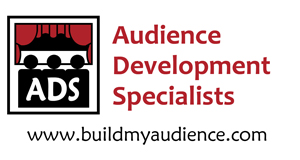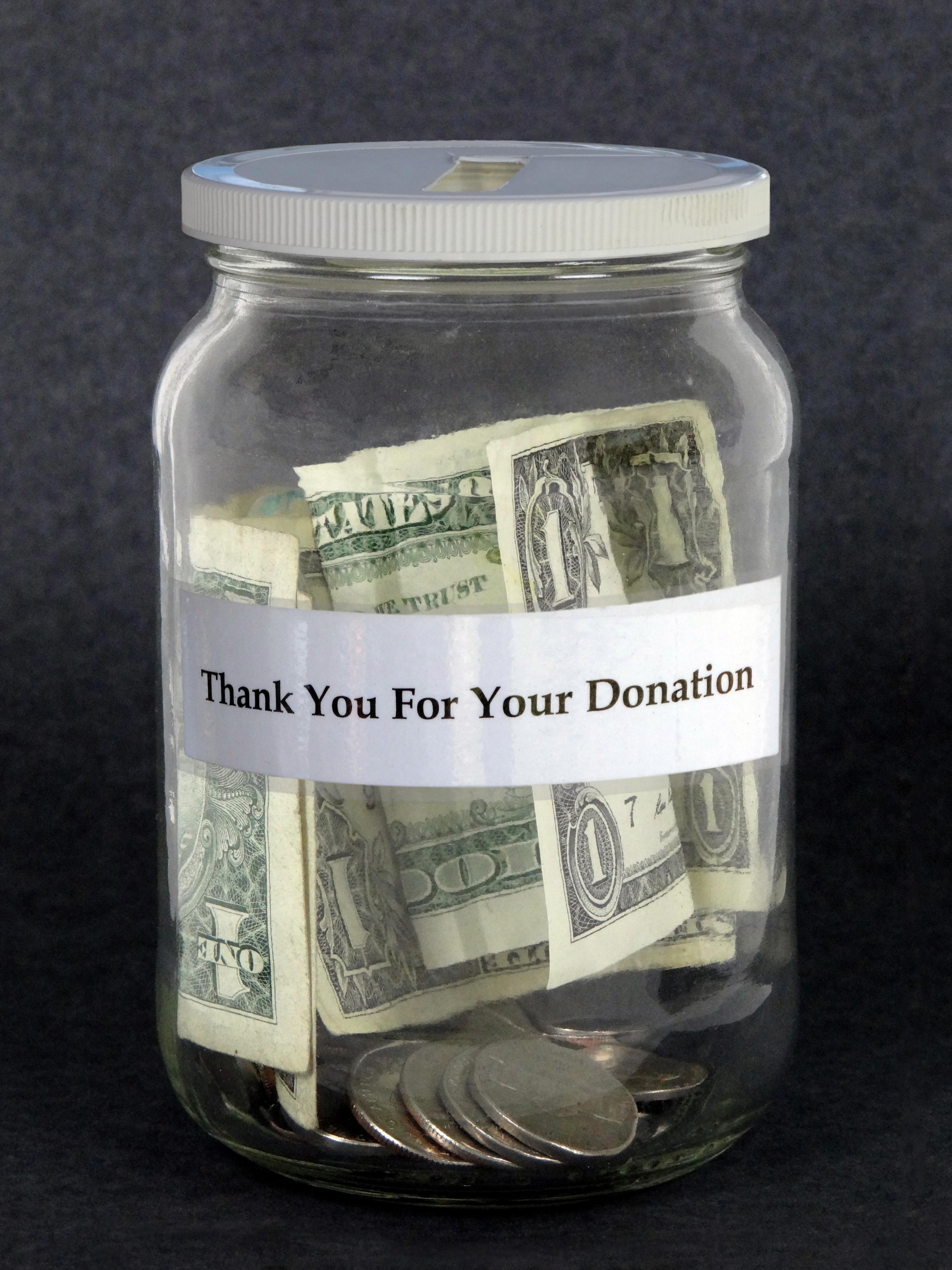I have been seeing a great deal of discussion on pricing in terms of outreaching to build an audience. Dynamic pricing has been discussed (think airline pricing with prices being lower with earlier purchase). Also, Groupons or Living Social, or coupon sales have been discussed. Both options can build “butts in seats,” but do they build “people in seats” or a loyal audience for your art/organization? Maybe, maybe not.
I’ve decided to play devil’s advocate in this blog to see the other viewpoint of this conversation:
Here’s the “deal!” Lowering price is a technique to get people interested. It is an incentive for them to purchase, perfect for people on the fence since it nudges them to the side of buying. However, these discounts can give the wrong message to your potential audience.
- It can send a message that you are not worth more than these discounted prices. Your audience might get used to these pricing points. In attempts to raise the price to more normal levels, you might not see a “return” on your discount investment. This factor could be accommodated by only having these special deals at rare occasions, but these audience members may become savvy and wait until the sale happens instead. In this case, you may see a return, but at the continued discount prices. It’s definitely a gamble. Can you ultimately afford this?
- If there is no follow up involved, there is no guarantee that these deal buyers will turn into loyal audience members. Using discount methods may get people in the door, but it does not guarantee them coming back.
- Deep discounts could send the wrong message that you can afford selling at these prices. I understand that there could be an argument that you can’t afford not to sell at these prices to get “butts in seats” with the potential to convert, but I guess it all depends on your bottom line. In my opinion, there are ways to sell the value of your art/organization without deep discounts. If people see the value, they will purchase at a regular price. I can’t be the only one willing to go out of my way or purchase at a higher price if the quality and value are there. If you really want something, you will pay the price. Maybe we need to focus on people wanting the arts experience more instead of pricing less.
- Discounted prices can be a signal that you may not need extra support. As I mentioned in a conversation, one of my patrons asked about our discounted subscription: “Why are you discounting? Don’t you need the money?” Discounts can cause this confusion. Plus, people view their ticket purchase as a means to supporting the art/organization. If you ask for a donation on top of this discounted amount to supplement, they may simply say they already purchased tickets. You will then be out the difference of the discounted price vs. regular price, and out the donation amount since the perception has now shifted.In more consideration to these conversations, perhaps adding the choice of not discounting and paying regular price could give loyal patrons the opportunity to be loyal, which will give you the option of being open and honest in communicating that you need the continued support.
- Groupon and Living Social may be popular methods, but as a nonprofit arts manager, I would look for other ways to get the word out about discounts so you don’t have to split your revenue. Getting less than 50% of the value of a ticket doesn’t sit well with me or with most nonprofit budgets. With ticket purchases averaging only 30-40% of income, can you really afford to give so much away? Shouldn’t you be figuring out ways to increase this percentage instead of lowering it? Unless the shear volume of purchase compensates for the lowered revenue, I would look into other avenues that may cost considerably less. Of course you need to look into the quantity vs. quality issue too. More purchases may not equal a quality audience.
I understand the need to get people in the door, but I also see that starting people off with a discount may be setting ourselves up for some rude awakenings. Perhaps this is one of the reasons that building loyalty has been tricky. I guess it can be a means of sifting out who will become more loyal patrons and who are simply there for the discount if follow up occurs, but it can also mean that you are sending out the message that the arts are not worth more than a vastly discounted price, lowering the value of the arts along with continued lowered monetary support.
The only way discounts first as a method can work in the long run is if you can convert these discount buyers to see the full value of your art. If they see the value, then maybe they will be willing to pay full price in the future. Are we implementing programs to make sure this conversion happens?
However, on a further limb, discount pricing to build an audience, in my opinion, should be used more as a last resort and not as a first resort. I tend to discount towards the end if seats still need to be sold. The audience that is loyal will purchase at the regular price. The audience that sees the value will too. The audience that is on the fence will buy based on the later discount. You might be shooting yourselves in the foot if the discount is sooner rather than later. The loyals may purchase at the discounted price since they tend to purchase sooner than later, costing you the difference.
In some ways, inviting them for free may be better since they will know that this won’t last and regular pricing is going to happen.
Lastly, without audience development, nothing will be developed except lowered value in the end. Have you honestly tried audience development? I know when I switched to audience development and fair valued pricing, I found myself with a bigger and better (quality) audience.
Cheers to happy and loyal audiences,
Shoshana
Shoshana Fanizza
Audience Development Specialists
https://www.buildmyaudience.com
Facebook/twitter /E-mazing Newsletter /Blog
“Never treat your audience as customers, always as partners.”
~James Stewart
Workshops are available!
Does your arts organization or artists group need some new energy? Our workshops can generate enthusiasm for audience development.
Contact us for more information!
Hourly Phone Sessions – Do you have a question about audience development or need feedback or advice on a project or challenge? ADS can help!
Donate to the Audience Development Specialists Grant Fund!
YouTube Gallery – Do you have an amazing way you use YouTube to promote your art? Let ADS know, and you might see your YouTube highlighted on our new gallery!





Look how behind I am on some of my blog reading! Only took me three weeks to get to this. Oy!
I wanted to make one little correction on dynamic pricing. It’s not just about lowering prices before a show. It’s about getting people the right ticket at the right price at the right time and the right distribution method. Sometimes this means lower ticket prices. Sometimes it means higher prices though too. If you aren’t raising prices on tickets for a show that is 85% sold two weeks out that is getting significant walk-up traffic, you probably aren’t getting all the advantages of dynamic pricing.
I’ve heard the suggestion that Groupon and similar sites are best well in advance of a show that hasn’t begun to sell well yet, and I tend to agree that having that kind of promotional surge that early would be worth that deep of a discount and that little return. But to schedule that kind of promotion at any other time cannibalizes potential revenue too much. It has to be a very selective tool.
Hi David,
Thank you for stopping by and commenting. I appreciate your more in-depth definition of dynamic pricing.
I agree that using dynamic pricing and coupons needs to be carefully planned and monitored. However, if the show is not selling well, maybe we need to begin looking at the reasons behind why it is not selling well and attempt to make beneficial changes.
In the arts, our product is not simply one that comes off the factory line. It is built with hours of hard work, with passion and love, and mostly by many people. We need to find ways to sell without discounting ourselves as a means to sell. This is why I mainly advocate for discounts later in the game.
If your art is not selling well, I would take a look at these factors:
1. Is the marketing brand for your art exciting and inviting?
2. Are you promoting quality work that has a niche?
3. Are you personally inviting people – beyond mass marketing efforts?
4. Is your art connecting with people and do you know what people it will connect with?
The answer may be “no” to one or all of these factors if your art is not selling well. Instead of attempting to fix the problem with discounts, which is more like taking a pill to mask the symptoms without curing the dis-ease (with unwanted side-effects), it would be better to fix the actual underlying reasons why you are not selling in the first place.
Absolutely. The last thing you want to do is commoditize the arts. Dynamic pricing should be a seamless component that is actually relatively invisible to the patron that gets them in the door, not an advertised feature. It’s not meant as a way to devalue the artistic product, which is always a danger with using advertised mass discounts.
[…] using one or more of the discount sites in order to attempt to fill the seats. I have written a blog post about my feelings for these types of pricing- Dynamic, Groupon, Living Social, etc. We also had […]